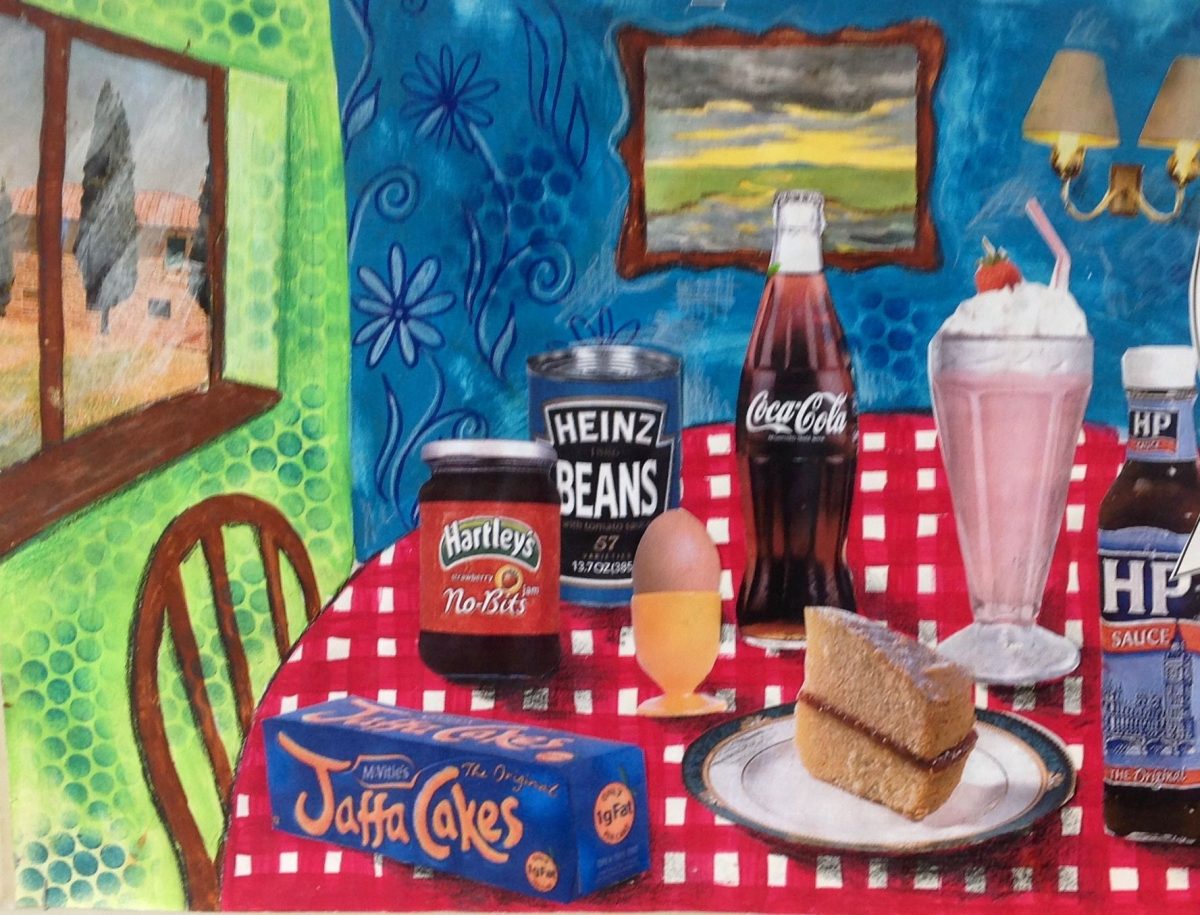Pop art was born in the 1950s in England, but matured in the United States starting in the 1960s, then extending its influence throughout the western world. The name derives from the contraction of the English “Popular Art”.
Pop art: meaning and characteristics of the “Popular Art”
Popular Art merges the figurative arts with the mass media and advertising, highlighting the expression of young people in the consumer society. In particular, Pop Art draws the attention of a large metropolis dominated by the advancement of consumer society, prompted by a significant industrial development and mass communication, within which advertising dominates with its posters and its colored lights, which make it lively, cheerful, and engaging.

The representations have particular characteristics. Totally different from the styles known so far, but it is precisely the artistic movement that is revolutionary and brilliant. Instead of escaping from reality, it immerses himself in it; instead of rejecting objects, it uses them with a never-before-seen evidence. The same commodity that the market and advertising impose, becomes the subject and object of artistic activity.
In this way, Pop artists move into the “high,” and noble sphere of cultured painting. Low and “banal” elements derived, or literally copied, from the world of advertising, television, comics. The result is a seemingly simple but extremely effective and highly communicative language. It uses an easy-to-read iconography, full of references to life and the common imagination. Apparently cold, but at the same time captivating and often ironic Art.
Pop art: protagonists and works
American Pop Art artists such as Rauschenberg, Johns, Dine, Lichtenstein, Oldemburg, Warhol, Rosenquist, and Wesselmann all come from the New Dada experience. Their Art is the mixing of different materials, the recovery of the daily object. Transformed and transported in the exhibition context. This approach followed an alienating and irreverent logic, hostile towards the art market and aimed at bringing the artistic object back to the level of collective enjoyment.

This is exactly what happens in the 1962 painting by Andy Warhol Close cover before striking. On a canvas of almost two meters, the artist reproduced the lid of a matchbox, the rough part of the sulfur strip is reproduced by applying sandpaper. In the center, massive stands the image of a Pepsi cap with the slogan “Say Pepsi, please.”
Take the famous case of Marilyn, the photo of Vogue is taken by Warhol, altered using the screen printing process. Some features of her face have more considerable evidence; the blond hair is even blonder, the red lips even redder; the splashes of colors outline from the profile of the photograph to highlight this alteration mechanism. In fact, what is Marilyn without her blonde hair, red, fleshy lips, and her sensual gaze? Only in this way can the image become an icon, ready to be loved, adored and consumed!